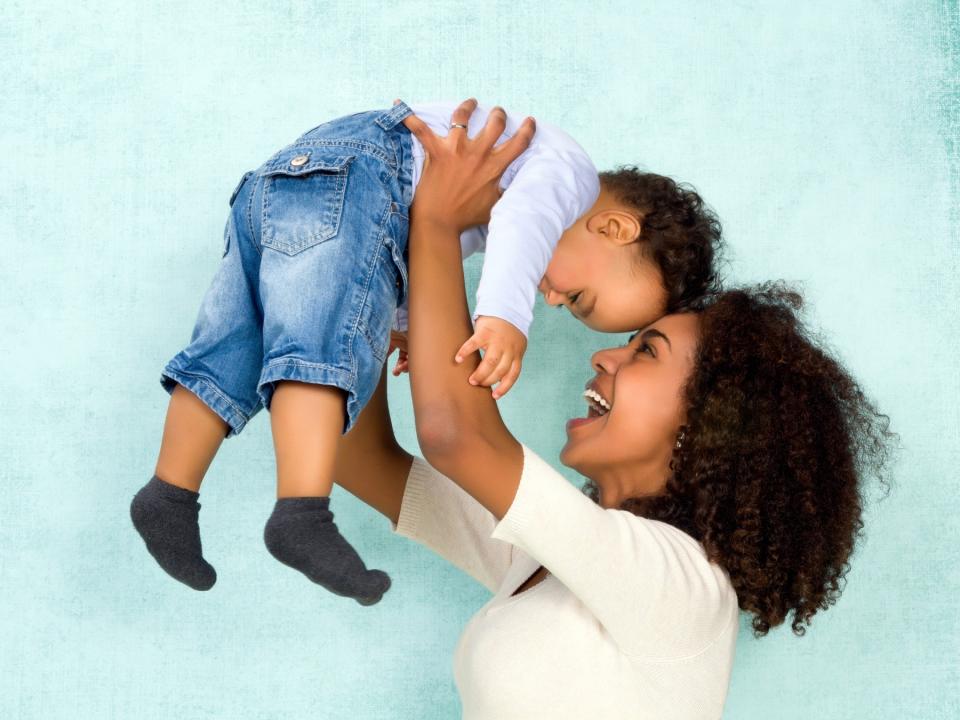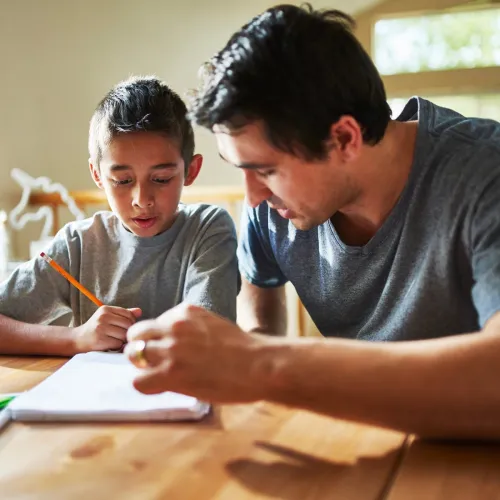Child Attachment Styles
Attachment styles in parenting are endlessly interesting and rich in their possibilities. The way that children build an attachment to their parents and caregivers has a significant impact on many other areas of their life.
From how they socialize and take risks today to how they will end up parenting their own children in the future, the significance of your child's attachment style can tell you much more about them beyond just their feelings for you as their parent.
According to attachment theory, a child's attachment style is the type of bond that is built between themself and their caregivers, particularly their parents.
Attachment encompasses their feelings of affection and safety when with that parent, as well as the expectation that their needs will be met.

Attachment Theory
Psychologist Dr. John Bowlby introduced attachment theory in the 1960s. It focuses on the significance of attachment in relation to personal development. It holds the hypothesis that one's capability to form attachments, both physically and emotionally, helps one to feel secure and stable, giving one the ability to grow, take risks, and develop a personality.
In his studies of childhood development, Dr. Bowlby concluded that a caregiver's role changes over time to continue meeting the needs of the child. In the beginning, an attached child is young and needs constant support and security from the caregiver.
As they grow up, a child's needs change. While they may not need such constant attention from their caregiver, they will need support periodically as they explore the world.
The Strange Situation Classification
In the 1970s, developmental psychologist Mary Ainsworth continued on the work of Dr. Bowlby when she devised an attachment assessment technique called the Strange Situation Classification (SSC).
In the SSC procedure, children between 12 and 18 months old were observed as they were presented with a series of situations to determine their behaviors and styles of attachment. In total, 100 middle-class American families were included in the study.
In a small room, a child, their parent, and a stranger to the child were observed as they passed through a series of eight episodes. Within these episodes, the child was left alone with their mother, alone with the stranger, and entirely alone in the room.
Researchers observed the child for four interaction behaviors directed to their parent whenever they were reunited. The responses they were watching for all had to do with a child's ability and desire to maintain contact with their parent.
Types of Attachment Styles
Based on the results of the SSC study, Ainsworth concluded that there are three main attachment styles: Secure Attachment, Insecure Avoidant Attachment, and Insecure Ambivalent Attachment. Years later, a fourth attachment style, Disorganized Attachment, was also identified.
Secure Attachment
Children with a secure attachment style are observed as feeling confident that their parent or attachment figure will meet their needs and provide reliable support that helps kids have the confidence to explore the world around them.
Securely attached children may become distressed if their parent leaves but will be easily calmed once that parent is present again. In Ainsworth's study, children with a secure attachment style comprised the majority of the group she observed. Generally, these children appear to be happy, and their caregiver seems to be sensitive and consistent in their care for their child.
Insecure Attachment
In the insecure attachment category, you will find two types: avoidant and ambivalent.
Avoidant Attachment
The second insecure attachment style is insecure ambivalent. In the experiment, a child with an insecure avoidant attachment style may feel free to explore their environment without concerning them self with their parent. They are more physically and emotionally independent from their parent and may not cry when they are separated or reunited.
A child with an insecure avoidant attachment style may be more likely to have a parent or caregiver who is not as sensitive to their needs and is unavailable when the child is experiencing emotional distress. In the SSC study, these children may appear to be more interested in toys and the environment than they were with their parent.
Ambivalent Attachment
Sometimes referred to as resistant or insecure resistant attachment, children with an insecure ambivalent attachment style appear to have uncertain feelings towards their parent.
They may appear to be dependent on their caregiver in some moments, but they may also appear to reject their caregiver in others.
Insecure ambivalent attachment to a caregiver may cause a child to have a hard time exploring new places, seeming more worried about where their parent is.
However, when their parent returns, that child still may not appear to be comforted enough to explore. Their parent's presence doesn't seem to soothe them entirely.
Disorganized Attachment
Identified after the original three styles, a child may have a disorganized attachment style when they appear to be disoriented by their parent's presence. They may seem confused and have no strategy to help them get across what they need to their caregiver.
The caregiver of a child with a disorganized attachment style may seem to frighten the child who appears apprehensive by their presence.
Why is it Important to Recognize Your Child's Attachment Style?
A child's attachment style can provide insight into how they will connect to the world around them today and into the future. It can tell you about the types of relationships they may have as kids or even later as adults.
Attachment style can tell you about the types of challenges your child may face as they grow. For instance, a child with a secure attachment style may be perceived as having higher self-esteem and grow in their independence over time.
While a child's attachment style may appear one way today while they are young, it's possible for it to evolve as they are touched by new relationships and new environments.
Be Aware of Your Role as An Attachment Figure
As an adult, simply having an awareness of your attachment style and being able to identify the context of your emotional responses to different events can help you to evolve your attachment style if desired.
It's essential to recognize how big life events—such as a difficult divorce or separation in their family—might alter your child's attachment style.
Through such a difficult transition, having positive support from both co-parents can help a child build or maintain a more secure attachment style.
No matter where your child seems to fall within the spectrum of attachment styles at this point, the comfort and dependability they receive from their parents is so beneficial to their sense of security.



